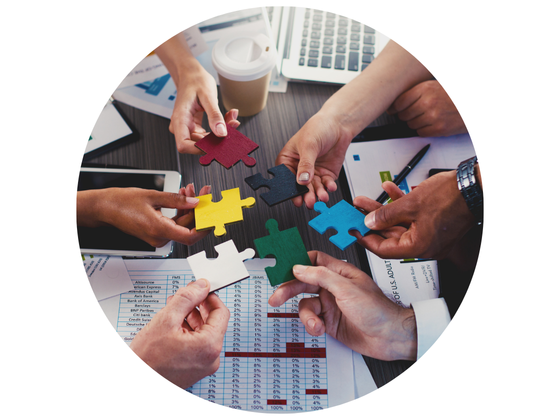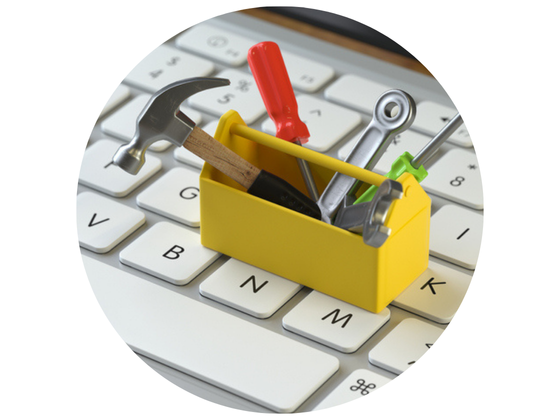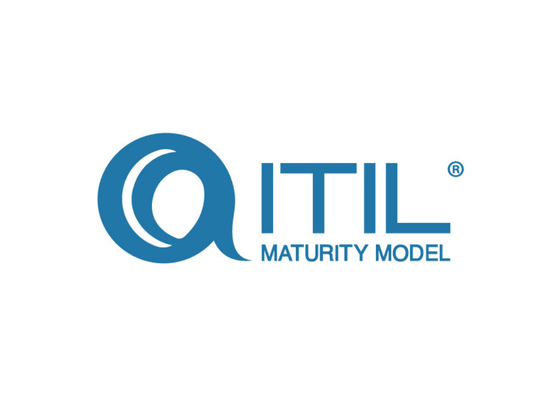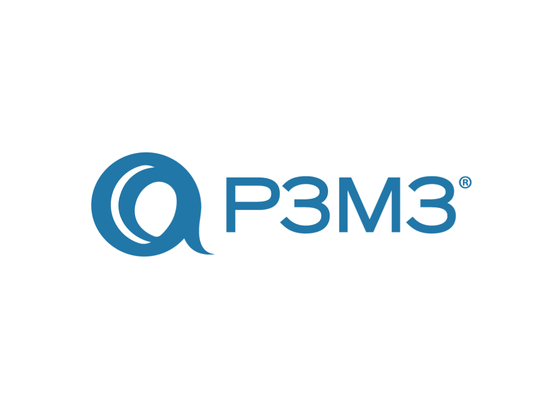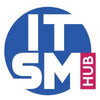In this article:
The Agile methodology has become an increasingly common approach for project management across all sectors. It’s interactive, flexible, and low-risk, and is known to be faster and less complex than traditional project management styles.
The leading Agile frameworks are Scrum, Lean and Kanban, and each with its features, benefits and drawbacks, has its place depending on the project, organisation and team.
Here we explore the key differences between each of these popular frameworks, to help you determine which is best for your next project.
Scrum
The Agile Scrum methodology is a structured approach designed to expedite the delivery and improve the outcome, of a project. It uses predefined rules, roles, and processes that have traditionally been applied in software development but are now widely used across various industries. At its core, Scrum focuses on improving the turnaround of a project while enhancing quality, using a customer pull system where work is initiated based on existing needs.
Key features of Scrum include the use of a backlog, and a prioritised list of tasks, to organise ongoing and future work. Teams must be highly self-organising, working within “sprints” or repeatable cycles to complete short work iterations, typically spending 2 to 4 weeks on each. During these sprints, specific roles are assigned within each team, notably, the Scrum Master is responsible for guiding the team and the Product Owner, representing the customer's interests, and the Scrum Team, as well as being responsible for the delivery of work.
Scrum maintains a level of formality, limiting daily meetings, or “scrums” to concise 15-minute stand-ups. Changes to requirements during sprints are discouraged, ensuring stability within the work process.
By fostering a collaborative environment, embracing customer needs, and employing organised work cycles, Scrum provides a framework that not only speeds up the delivery of a project but ensures a high-quality outcome that meets the needs of the end user.
Learn more about how to adopt the Agile Scrum Methodology here.
Lean
The Lean framework is rooted in manufacturing and technology principles, aiming to minimise waste and enhance learning and integrity within its processes. While the origins of Lean are in manufacturing, its application is now relevant across most sectors. Like Scrum, it operates on a customer pull system, initiating workflow when a specific customer need arises, and triggering prioritisation of workflow as soon as this need is identified.
Lean uses sophisticated, formalised processes and precise team collaboration where individual roles are defined. Unlike traditional project management, timelines are not rigid but the overall process is streamlined to ensure efficiency and productivity. Meetings are conducted as early and as often as necessary to address issues promptly and proactively, and changes are identified and resolved in real time throughout the lifecycle of the project.
Collaboration is key in the Lean framework, with teams aligning based on common goals, working closely together to achieve just-in-time flow and fast turnarounds. Success is measured in the seamless implementation of a just-in-time flow, emphasising the methodology's efficiency as well as its responsiveness to customer needs.
Learn more about Lean principles in our Lean IT certification scheme, here
Kanban
Kanban is a visual framework that fosters continuous improvement, using visual workflows to limit the amount of work in progress and to align workflow to a team’s capacity to deliver. It was created for use in manufacturing supply chains, however today has found widespread application across multiple industries. Like Scrum and Lean, Kanban operates on a customer pull system where tasks are initiated when a specific need arises for a demand-driven approach.
The Kanban framework is distinctively flexible. Unlike the Scrum and Lean methodologies with predefined sprints and roles, Kanban focuses on tasks within an adaptable workflow. Self-organised teams require less management oversight and come together for meetings on an as-needed basis.
The absence of rigid roles and the emphasis on flexibility enables changes to be seamlessly incorporated throughout the process. The success of a Kanban project is measured by the process duration, reflecting the framework's emphasis on efficiency overall.
Can Agile frameworks be combined?
Hybrid solutions combine the best of multiple frameworks, further enhancing the success of project delivery. Examples include:
- Scrumban: Follows the Scrum framework, while incorporating Kanban methodologies for continuous improvement.
- Leanban: Uses Lean to combine the best practices of Kanban and Scrum to achieve a fast and sustainable outcome.
